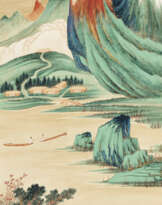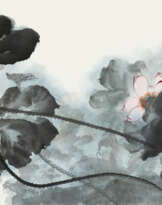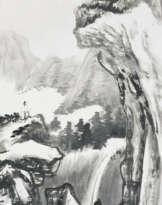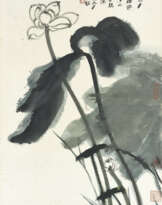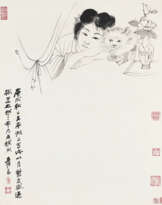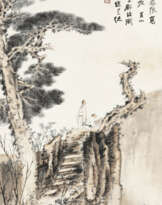ID 770064
Лот 1172 | ZHANG DAQIAN (1899-1983)
Оценочная стоимость
HKD 5 000 000 – 6 000 000
| Адрес торгов |
CHRISTIE'S 18 Chater Road Central Hong Kong Гонконг | ||||||||||||||
|---|---|---|---|---|---|---|---|---|---|---|---|---|---|---|---|
| Предосмотр |
| ||||||||||||||
| Телефон | +85227601766 | ||||||||||||||
| Факс | +852 2760 1767 | ||||||||||||||
| Условия использования | Условия использования | ||||||||||||||
| Часы работы | Часы работы
|


